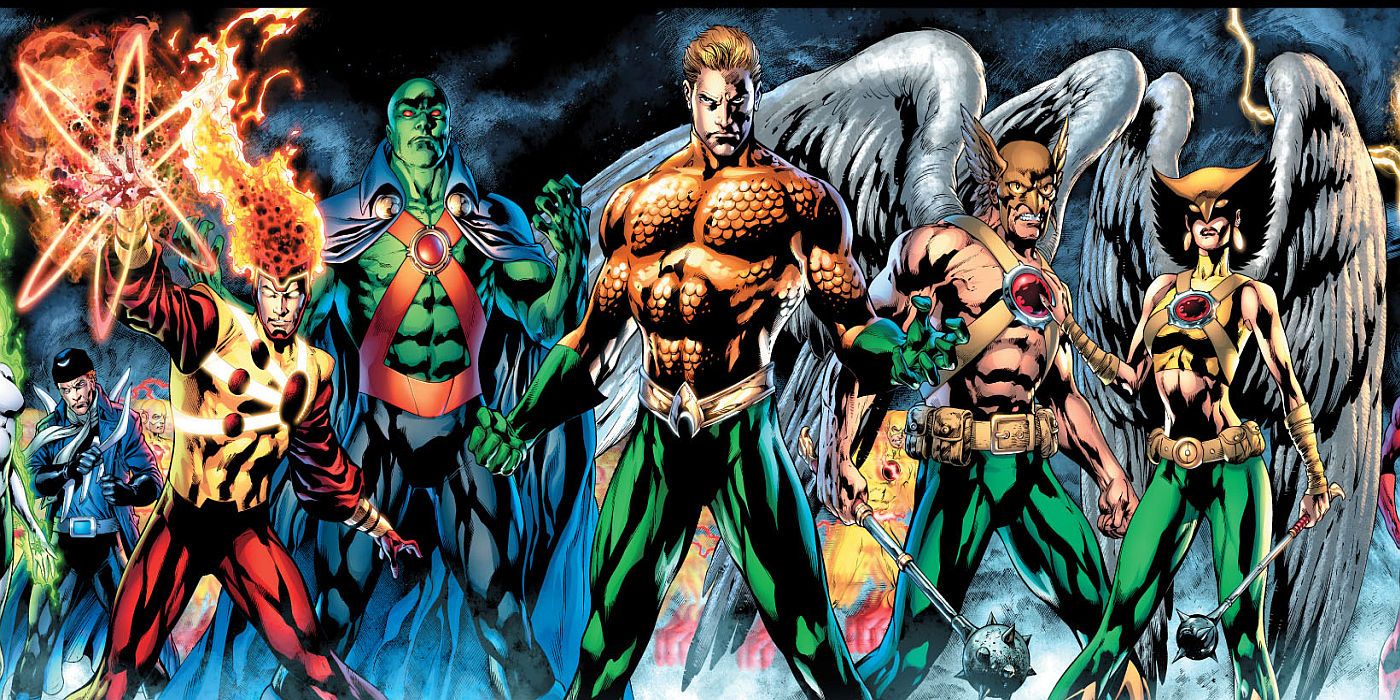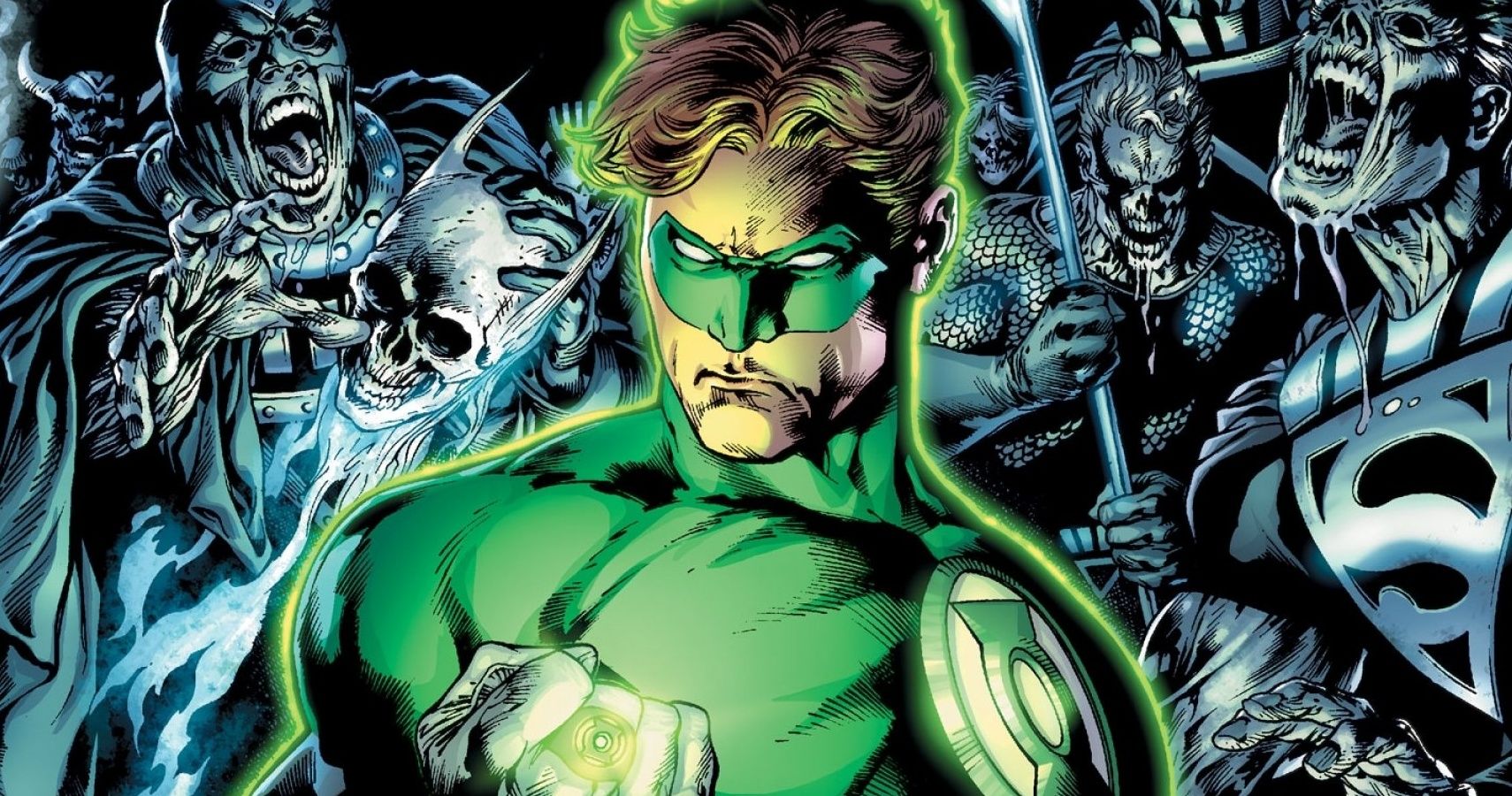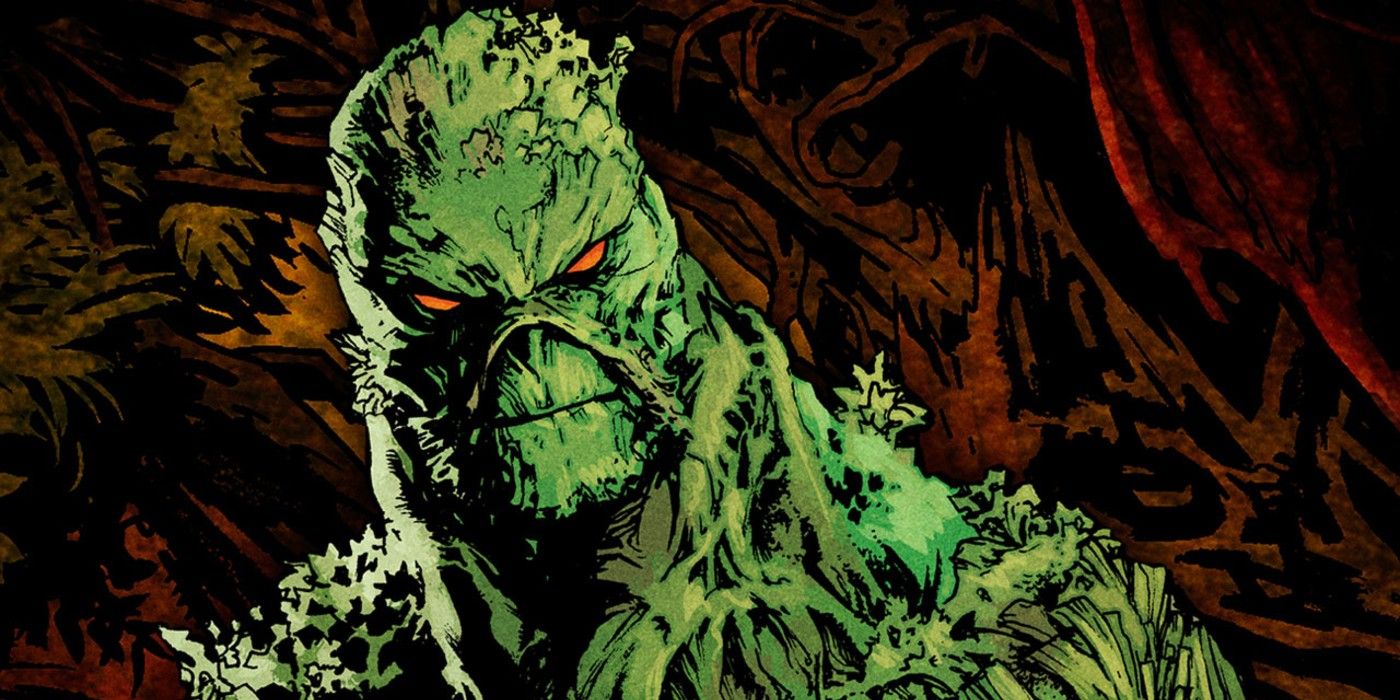After every Blackest Night, there must come a Brightest Day and DC Comics delivered on this promise in full with its 2010 maxi-series. It was published biweekly immediately after the cataclysmic events of the Black Lanterns' rise. Following the heroes and villains mysteriously resurrected by the White Lantern's light, the story explored the immediate aftermath of Blackest Night while bringing back some surprise characters to the DC Universe by its conclusion.
Here is a complete overview of the 25-issue series, the missions provided to the resurrected characters by the enigmatic Entity, and its lasting impact on the DCU.
Before the Dawn
The climactic showdown of the 2009 crossover event Blackest Night had Hal Jordan and the Justice League claimed the energy of the White Lantern in their final battle against Nekron and his Black Lantern Corps for the fate of the DCU. After Nekron was defeated and his undead army was vanquished, twelve heroes and villains that had been dead for much of the event were brought back to life. These included the Reverse-Flash, Jade, Osiris, Maxwell Lord, Hawkgirl, Hawkman, Aquaman, the Martian Manhunter, the original Firestorm Ronnie Raymond, Captain Boomerang, the original Hawk (Hank Hall), and Deadman.
Brightest Day's publishing schedule alternated with DC's concurrent biweekly maxi-series Justice League: Generation Lost, written by Keith Giffen and Judd Winick and illustrated by Aaron Lopresti, Matt Ryan, and Sal Cipriano. The parallel maxi-series was largely focused on Max as he followed his new mission while erasing the world's memories of his crimes before his death. Similarly, several other titles would carry the Brightest Day publishing banner as the resurrected characters would fulfill their missions given them to the Entity in their second chance at life elsewhere throughout the DCU.
Brightest Day
The main Brightest Day series primarily followed Deadman, Aquaman, Hawkman and Hawkwoman, the Martian Manhunter and Firestorm as they attempted to under the cryptic clues to that came with their new lease on life. Hawkwoman discovered her mission was to prevent Hath-Set from killing Hawkman, breaking the reincarnation cycle for a time, while Hawman's mission had him close the portal between Hawkworld and Earth. The Martian Manhunter's mission lives up to his designation as the last living Green Martian as he destroyed a mysterious forest that had grown on Mars and dedicate himself more fully to defending Earth. Firestorm discovered their time bonded to a Black Lantern during Blackest Night had compromised the Firestorm matrix, forcing them to work together to purge it from their system. Aquaman would recruit Black Manta's son to become the new Aqualad while Boston Brand, in his dying moments, used the White Light to resurrect Alec Holland as Swamp Thing to take the Entity's place.
The main series was written by Geoff Johns and Peter J. Tomasi, pencilled by Scott Clark, Patrick Gleason, Joe Prado, Ivan Reis, and Ardian Syaf, inked by Oclair Albert, Dave Beaty, Vicente Cifuentes and Mark Irwin, colored by Peter Steigerwald and lettered by Rob Clark.
Brightest Day Aftermath
The most visible impact of Brightest Day was the reintegration of Swamp Thing and John Constantine into the DCU after the two characters had spent over a decade in out-of-mainstream continuity while starring in titles published by Vertigo Comics. For Swamp Thing, in particular, the event marked the first time Alec Holland truly became the elemental superhero as Alan Moore's seminal run had revealed that a sentient plant and avatar of the Green believed itself to be Alec for a time rather than being a reborn version of Alec himself.
The other major impact was the debut of a new Aqualad, Jackson Hyde. While originally created for the animated series Young Justice, Brightest Day marked the character's debut in the mainstream comic book universe, with some notable differences between the two iterations. Many of the immediate changes to the DCU as it began its line-wide relaunch as part of the New 52 publishing initiative later that year, solidifying the importance of the storyline even in the face of the DCU's wholesale revisions to continuity.




